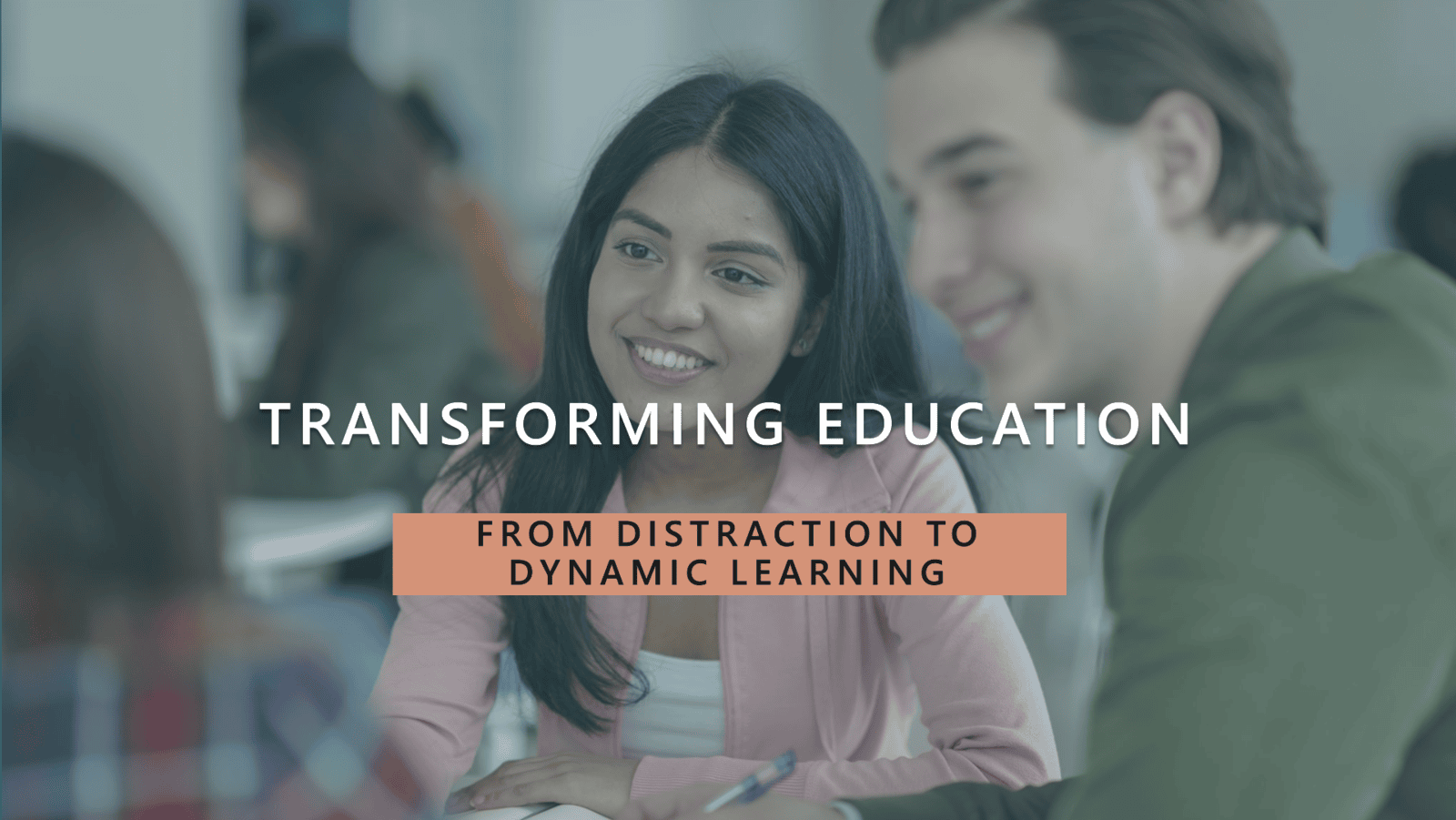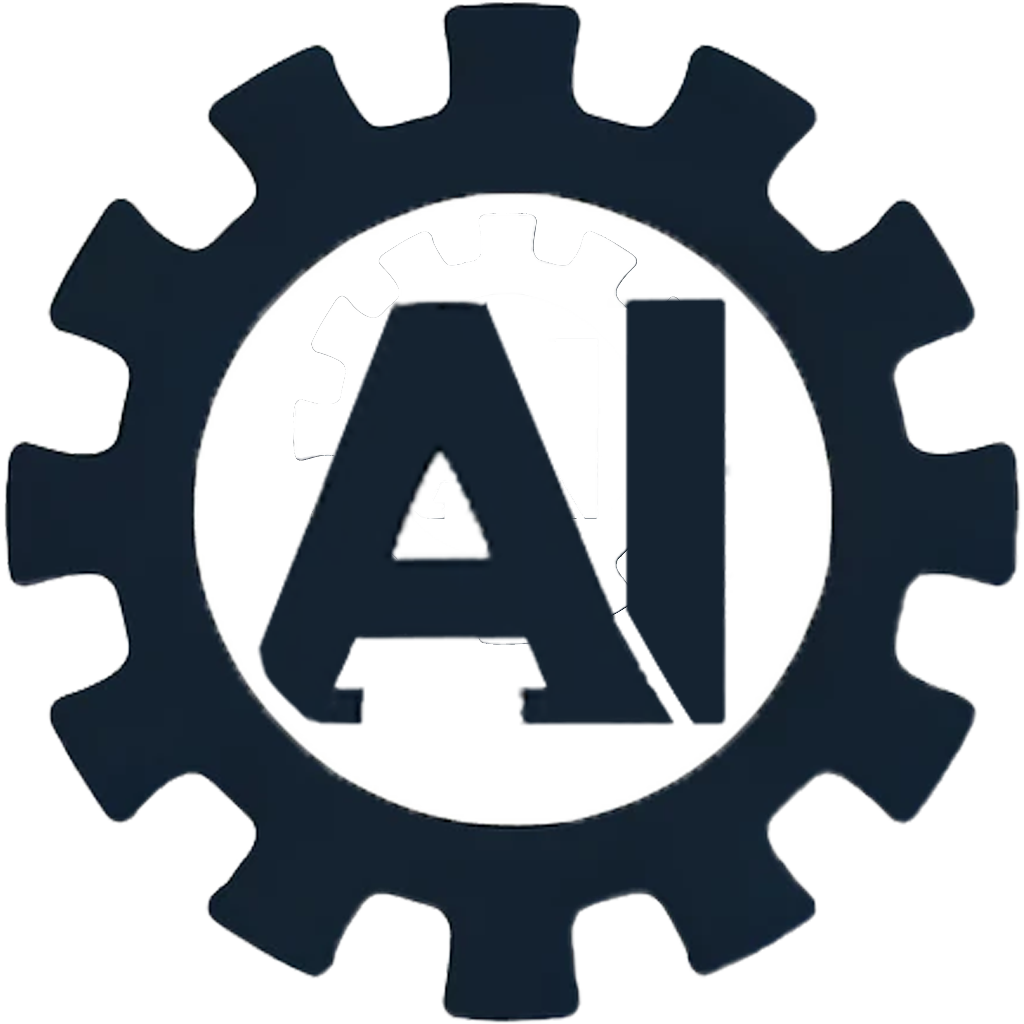
Harnessing digital habits for deeper learning
Harnessing digital habits for deeper learning
We've all seen them: students glued to their phones, effortlessly scrolling through TikTok feeds. It's easy to dismiss it as a mindless distraction, but what if we could transform that very distraction into dynamic learning? What if we could “TikTok-ify” education to truly engage the digital native generation?
Setting the Stage: From Screen Time Limits to Digital Engagement
Setting the Stage: From Screen Time Limits to Digital Engagement
In my previous article, I argued that traditional screen time limits in schools might be a misguided battle, potentially disengaging students who are naturally drawn to digital media. The core idea was: instead of fighting the screens, we should harness their power. Today, I want to explore how we can learn from the engagement strategies of platforms like TikTok to create more compelling and effective learning experiences - and unlock better learning outcomes for our students. (Prensky, 2001)
The Allure of TikTok: Understanding Its Engagement Factors
The Allure of TikTok: Understanding Its Engagement Factors
So, what makes platforms like TikTok so captivating? It's not just the short videos. It's a potent combination of factors (Anderson, 2024):
The Algorithm: A highly personalized "For You" page that delivers content tailored to individual interests.
Instant Gratification: Short, easily digestible content that provides immediate entertainment or learning.
User-Generated Content: A culture of creativity and self-expression where anyone can be a content creator.
Challenges and Trends: A constant stream of new challenges and trends that encourage participation and virality.
Community: A sense of belonging and connection with like-minded individuals.
With these engagement factors clearly defined, let’s explore how they can be reimagined in an educational setting…
Translating TikTok Engagement to Education: Practical Strategies
Translating TikTok Engagement to Education: Practical Strategies
The key is to translate these elements into the educational setting (Johnson, 2023). This doesn't mean turning classrooms into chaotic video shoots, but rather strategically incorporating TikTok-like elements to boost engagement. Studies show that digital natives are more likely to favor courses incorporating technology, suggesting that an adaptation to their favored medium could improve learning outcomes.
Micro-Learning: Breaking down complex topics into short, bite-sized videos (e.g., 30-60 second recaps, explainer videos) - mirroring the short-form video format that today's students are used to (Guo, Kim & Rubin, 2014). This aligns with research suggesting that shorter videos lead to better learning outcomes. For instance, Zhang (2018) found that shorter videos significantly boost completion rates, reinforcing the value of micro-learning.
Personalized Learning Paths: Using AI-powered learning platforms to create personalized content recommendations based on student interests and learning styles. Just as TikTok’s algorithm curates content to your unique preferences, personalized learning paths can foster greater interest and mastery. Hwang & Chen (2022) highlight the potential for AI in education to create these adaptive and engaging experiences.
Student-Created Content: Encouraging students to create their own educational videos, explainers, or tutorials. This promotes active learning, creativity, and deeper understanding of the subject matter. Chen & Lin (2021) found that short-video platforms like TikTok could facilitate a collaborative learning environment.
Gamified Learning: Incorporating elements of gamification, such as points, badges, leaderboards, and challenges, to increase motivation and participation (Kapp, 2012).
How have you seen digital engagement transform your classroom?
Addressing Concerns: Mitigating the Potential Downsides
Addressing Concerns: Mitigating the Potential Downsides
Of course, "TikTok-ifying" education comes with its own set of challenges (O'Keefe & Clarke-Pearson, 2011):
Distraction: The potential for students to get distracted by non-educational content.
Superficial Learning: The risk of focusing on entertainment over deep understanding.
Content Quality: Ensuring the accuracy and reliability of student-created content.
But with the right strategies, these can be mitigated:
Teacher-Curated Content Libraries: Imagine a teacher creating a short-video "playlist" of reliable resources aligned to the week’s curriculum.
AI Algorithm Controls: We can use algorithm prioritization to ensure that only content that adheres to the curriculum is promoted to students.
Teacher Moderation: Implementing teacher moderation of student-created content to check for accuracy.
AI-Powered Tutoring: A Solution for Personalized Engagement
AI-Powered Tutoring: A Solution for Personalized Engagement
This is where innovative solutions like AI-powered tutoring platforms can significantly help. Imagine an AI tutor that provides personalized support and feedback through short, engaging video lessons delivered directly to students' phones. AI algorithms will also ensure that students are learning curriculum aligned topics that are most helpful for their success. This isn't passive screen time; it's focused, curriculum-aligned content delivered in a format they instinctively engage with. Students will be able to interact with an AI tutor trained on a teacher's uploaded material just like a FaceTime call.
Conclusion: Transforming Education, One Byte at a Time
Conclusion: Transforming Education, One Byte at a Time
"TikTok-ifying" education isn't about dumbing down learning; it’s about understanding how today’s students learn and adapting our methods to meet them where they already are. By leveraging strategies like micro-learning, personalization, and gamification, we can transform what many see as a distraction into a powerful tool for dynamic, engaging learning, ultimately fostering deeper understanding and a lifelong love of learning.
What are your thoughts? What creative solutions have you seen or implemented in your classroom? Share your ideas in the comments below! And to learn more about how our AI tutoring platform can help personalize learning and bridge the feedback gap, visit education.advantageintegrationai.com (The demo supports Chrome-based browsers).
#EdTech #AIinEducation #FutureofLearning #PersonalizedLearning #DigitalLearning
Citations
Anderson, J. Q. (2024). The TikTok Effect: Understanding Engagement on Short-Form Video Platforms. Journal of Digital Media, 12(2), 45-62.
Chen, L., & Lin, Y. (2021). Short Video Platform and Education. International Journal of Educational Technology in Higher Education, 18(1), 1-17.
Guo, P. J., Kim, J., & Rubin, R. (2014). How Video Production Affects Student Engagement: An Empirical Study of MOOC Videos. L@S '14: Proceedings of the First ACM Conference on Learning @ Scale, 41-50.
Hwang, G. J., & Chen, P. H. (2022). Applications of Artificial Intelligence in Education. Computers and Education: Artificial Intelligence, 3, 100061.
Johnson, M. K. (2023). Reimagining Education: Embracing Digital Engagement. Educational Leadership, 81(1), 22-28.
Kapp, K. M. (2012). The Gamification of Learning and Instruction: Game-Based Methods and Strategies for Training and Education. John Wiley & Sons.
O'Keefe, G. S., & Clarke-Pearson, K. (2011). The Impact of Social Media on Children, Adolescents, and Families. Pediatrics, 127(4), 800-804.
Prensky, M. (2001). Digital Natives, Digital Immigrants Part 1. On the Horizon, 9(5), 1-6.
Zhang, Y. (2018). Video Length and Student Engagement in Online Learning. Journal of Online Learning Research, 4(3), 231-245.


